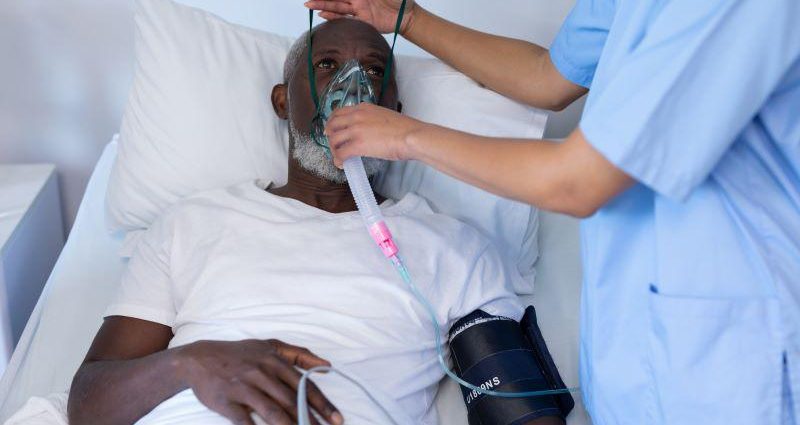THURSDAY, Nov. 2, 2023 (HealthDay News) — Poor people are less likely to get clot-busting drugs after a stroke than their more affluent peers, Canadian researchers report.
Their new study found that people in the poorest neighborhoods were 24% less likely to be treated than their counterparts in neighborhoods with the highest economic status.
“Disparities in the use of treatments that reduce disability after stroke is concerning,” said lead researcher Dr. Amy Ying Xin Yu, a neurologist at the University of Toronto.
“There are likely significant systemic and individual barriers to care that must be identified and addressed by health care policymakers,” she added. “It is necessary to understand the factors driving the disparities in stroke treatment access to create tailored interventions to address and bridge the existing gaps.”
Health insurance and cost weren’t a factor, Yu noted, because all Canadians have free health care.
She said the differences in use of what are known as acute stroke revascularization treatments suggests that factors other than cost are significant barriers to care.
For the study, her team collected data on nearly 58,000 people who suffered a stroke.
“We found that patients with stroke in Ontario, Canada, who live in under-resourced neighborhoods are less likely to receive clot-busting medications or undergo clot-removing procedures after they have a stroke than patients who live in well-resourced neighborhoods,” she said.
Specifically, 17% of those living in the poorest neighborhoods were treated with clot-busting drugs, compared with 20% of those from the richest neighborhoods. Those in the middle had the same treatment rates as those in the poor areas, the researchers found.
The study was published online Nov. 1 in the journal Neurology.
Dr. Rohan Arora, director of Stroke Clinical Trials at Northwell Health in Great Neck, N.Y., reviewed the findings.
“This study is important as it noted socioeconomic barriers continue to impede acute stroke treatment, and future research should aim to better understand the underlying mechanisms at the individual and community level,” he said.
The study builds on established evidence linking economic status with access to acute stroke care, Arora said.
“Several factors may play a role in this disparity — health illiteracy, delay in seeking care, social isolation, language barriers and racial stigma,” he said.
“The authors raise a reasonable argument in favor of the need to tailor our resources towards addressing these inequalities that could help in providing timely care to stroke patients,” Arora added.
More information
For more on stroke, head to the American Stroke Association
SOURCES: Amy Ying Xin Yu, MD, neurologist, University of Toronto, Ontario, Canada; Rohan Arora, MD, director, Stroke Clinical Trials, Northwell Health, Great Neck, N.Y.; Neurology, Nov. 1, 2023, online
What This Means For You
Access to stroke treatments that can prevent a repeat is inconsistent.
Copyright © 2025 HealthDay. All rights reserved.

